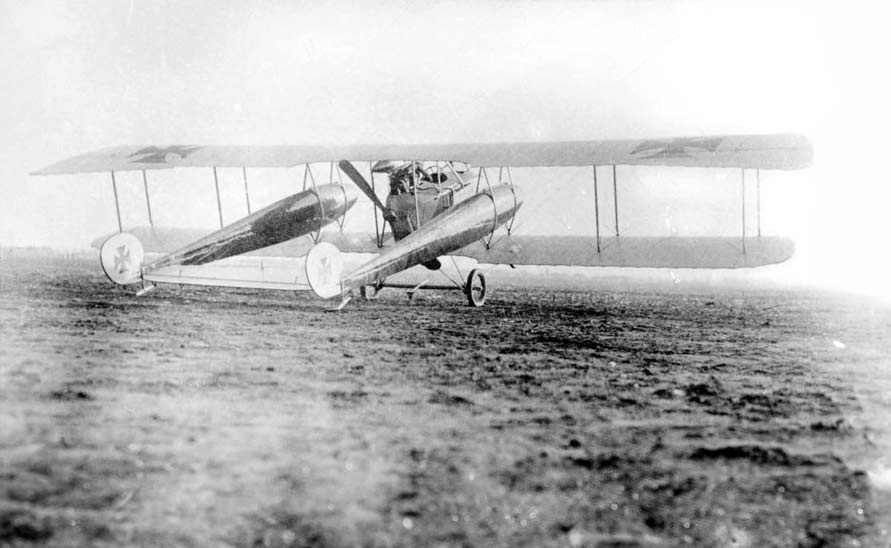Learn about the AGO C.I aircraft, its history, design, performance, military use, and why it played a vital role in aviation history.
This article delves into the history, design, performance, military use, and combat capabilities of the AGO C.I aircraft. Discover why it was developed, its technical specifications, and its role in aviation history. The AGO C.I was born during a tumultuous era in aviation history, amidst the chaos of World War I. It was a critical response to the pressing need for reconnaissance and observation aircraft. This article explores the aircraft’s development, its objectives, its first flight, and its role in the epoch. Additionally, we uncover its NATO nickname if it had one.
History of the Development of the AGO C.I
Amidst the ravages of World War I, the need for reliable reconnaissance aircraft became evident. In 1915, AGO Flugzeugwerke answered the call by launching the AGO C.I program. This biplane aircraft made its maiden flight in 1916, and it played a crucial role in providing valuable intelligence to the German military.
The AGO C.I was a robust two-seater biplane designed for reconnaissance and artillery spotting. Its streamlined fuselage and biplane configuration provided stability and agility. This aircraft featured a wingspan of 13.8 meters (45.3 feet) and a length of 8.8 meters (28.9 feet). Its Rolls-Royce Falcon III engine generated 190 horsepower, enabling a top speed of 160 km/h (99 mph) and an operational ceiling of 4,500 meters (14,800 feet).
The AGO C.I’s advantage lay in its sturdy construction, making it resilient against enemy fire. However, its relatively low speed and limited armament, usually consisting of a single machine gun, made it vulnerable in combat situations.
Despite its drawbacks, the AGO C.I brought essential reconnaissance capabilities to the German military. Its ability to gather intelligence and adjust artillery fire proved invaluable on the front lines.

Performance of the AGO C.I
Powered by the Rolls-Royce Falcon III engine, the AGO C.I had a respectable top speed of 160 km/h (99 mph). It could reach an altitude of 4,500 meters (14,800 feet) and had a range of approximately 300 kilometers (186 miles). While it wasn’t the fastest or most agile aircraft of its time, its reliability and endurance made it a dependable workhorse.
In comparison to its contemporaries, such as the Fokker E.III and the Albatros D.I, the AGO C.I held its ground. Its ability to operate at higher altitudes and remain in the air for extended periods made it a valuable asset in the theater of war.
Military Use and Combat of the AGO C.I
The AGO C.I primarily served as a reconnaissance and artillery spotting aircraft for the German military during World War I. Its role was critical in providing real-time information to the front lines, aiding in artillery adjustments and intelligence gathering.
Throughout the war, the AGO C.I participated in various operations, including the Battle of the Somme and the Eastern Front campaigns. It often encountered rival reconnaissance aircraft, such as the British Royal Aircraft Factory BE.2 and the French Morane-Saulnier L. However, its sturdy construction and ability to absorb damage made it a formidable adversary.
After World War I, some AGO C.I aircraft were sold to other countries or repurposed for civilian use. However, with advancements in aviation technology, the AGO C.I gradually faded into obscurity.
The AGO C.I aircraft played a crucial role in the history of aviation, serving as a reliable reconnaissance and artillery spotting platform during World War I. Despite its drawbacks, it contributed significantly to military operations of its time. Today, it remains a symbol of innovation and resilience during a tumultuous era in aviation history.
Back to the Spy Planes section.